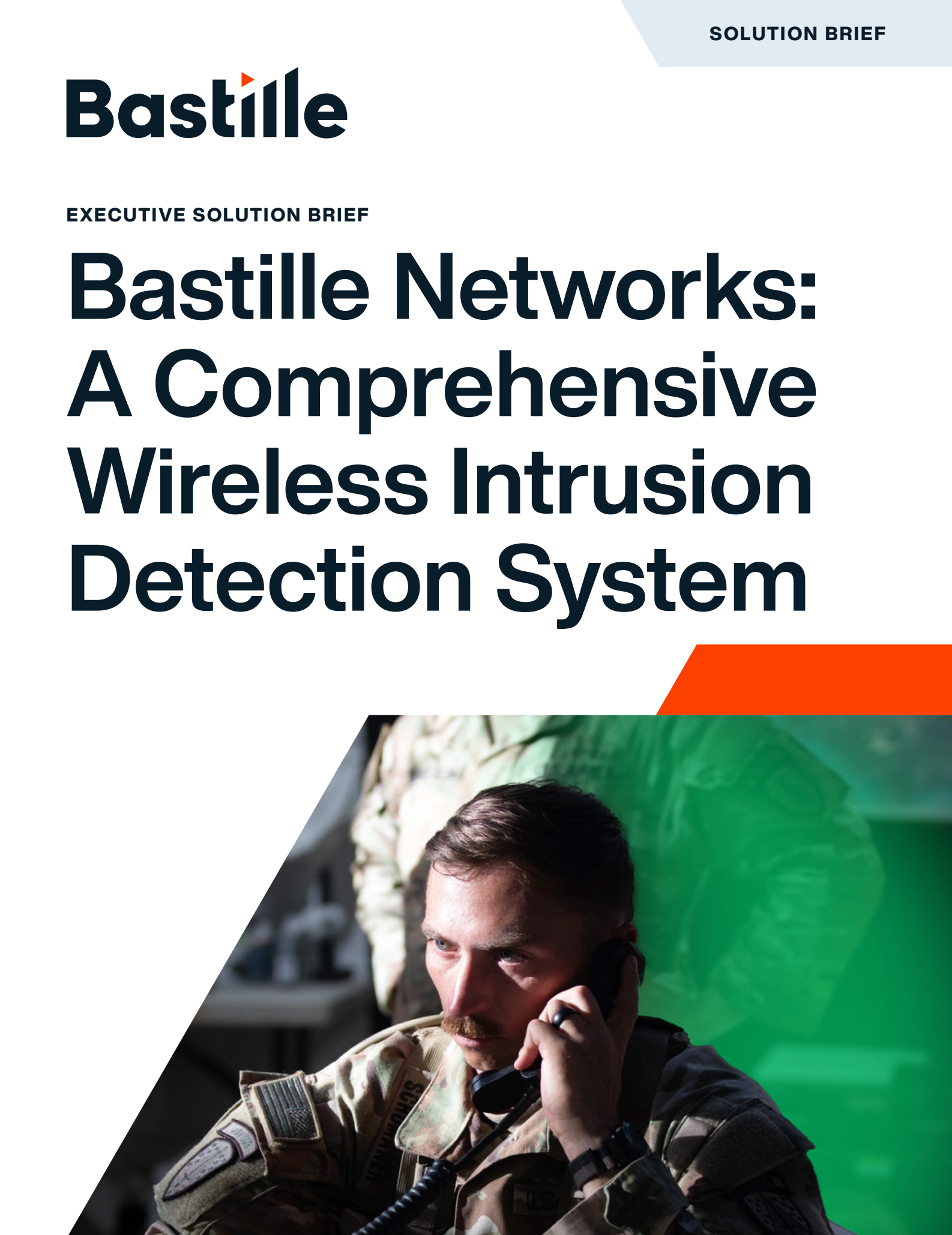TSCM Technologies: emerging advancements and looking to the future
The future of Technical Surveillance Countermeasures is heavily influenced by advancements in technology and shifts in the methods used by those intending to conduct unauthorized surveillance. The following are key trends and projections for the evolution of TSCM:
Integration of Artificial Intelligence and Machine Learning
AI and ML based technologies can help in automating the detection of irregular signal patterns and suspicious network activities, reducing the reliance on manual inspection and increasing the speed of response to threats.
Bastille has integrated AI and machine learning into its algorithms to precisely locate devices within buildings. The latest product from Bastille leverages these technologies to transform TSCM, significantly improving the speed and accuracy of analyzing large data sets and detecting anomalies. This enhancement revolutionizes the way security teams identify and respond to surveillance threats.
Cyber TSCM – Increased Focus
As more devices become interconnected through the Internet of Things (IoT), the potential vectors for cyber eavesdropping expand. Cyber TSCM will need to evolve to address these new challenges, incorporating more advanced cybersecurity measures, regular security audits, and real-time threat detection systems to protect against data breaches and network intrusions.
Continuous Surveillance and Counter-Surveillance
With the reduction in the cost of surveillance technology, the use of continuous surveillance tools is likely to increase. In response, TSCM professionals will need to implement more comprehensive counter-surveillance measures that are continuous as well, ensuring ongoing protection across all environments where sensitive information might be discussed or stored.
Regulatory and Legal Changes
As privacy concerns grow and the legal landscape evolves, TSCM professionals will need to stay informed about new regulations regarding surveillance and counter-surveillance. Compliance with these laws will be crucial to avoid legal repercussions and to ensure that TSCM practices are both effective and ethical.
Predictive Threat Modeling
Leveraging data analytics and threat modeling, TSCM professionals will increasingly be able to predict where and how attacks might occur. This proactive approach will allow organizations to implement targeted defenses before an actual threat materializes, rather than reacting to incidents after they occur.
The Bastille Solution – Assisting the TSCM Mission
Bastille Solution
The Bastille solution is a combination of Sensor Arrays deployed throughout your facility with the supporting infrastructure to collect, demodulate, and store RF data.
Sensor Arrays
Bastille Sensor arrays are deployed in a grid pattern and constantly sweep a broad frequency range. Signals are collected, demodulated, and analyzed.
Each of these areas presents unique challenges and requires specialized knowledge and tools to effectively secure against the evolving landscape of surveillance threats.
Fusion Center
Bastille’s Fusion Center platform is the AI/ML based intelligence engine that allows for the localization of RF signals and the detection of threats.
How Bastille Assists the TSCM Mission
- Continuous RF Monitoring
- Identification and Classification of Signals
- Examples:
- Advanced Bluetooth Device Detection
- Individual Cellular Device Detection
- Wi-Fi Monitoring
- Examples:
- Location Tracking and Data Visualization
- Historical Analysis and Threat Detection
- Integration with Security Systems
- Automated Alerts

Learn more about Bastille’s continuous TSCM solutions here: https://www.bastille.net/solutions/continuous-tscm


